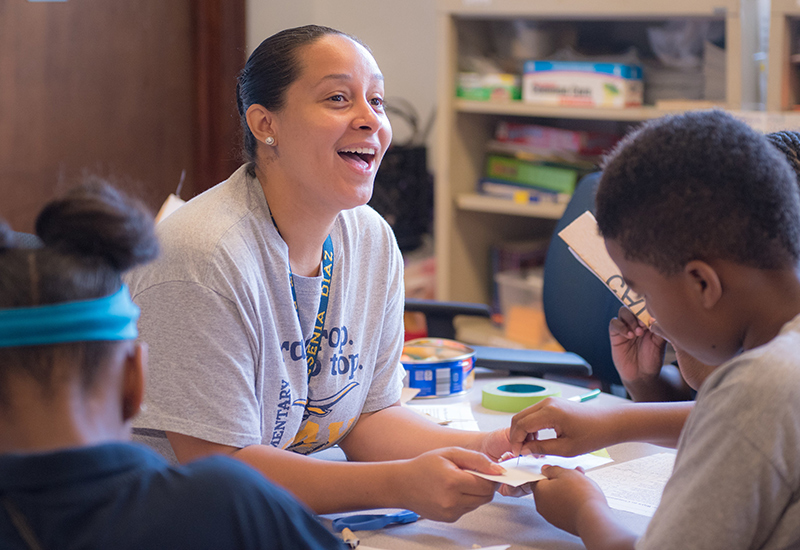Cedar Rapids: Brainstorming Ideas for Student Goal-Setting and Feedback
Cedar Rapids Community School District (CRCSD) sought to address a key problem in their district: “How might we provide relevant, standards-aligned feedback to students so that every student reaches mastery?”
In brainstorming solutions, the team identified four categories of solutions:
- Connecting student feedback and grades more explicitly to the district’s profile of a graduate. This set of solutions would make learning more relevant for students (by connecting it to their future goals) and more individualized (as it would deliver more personalized feedback to students on their learning).
- Get the community involved in assessing students’ progress toward the goals outlined in the district’s profile of a graduate. This set of solutions makes learning more relevant and individualized, as in the set of solutions above. However, it more deeply enhances the relevancy of learning by connecting students to members of their community – people with whom they share community culture and people who can speak to how learning will show up in a student’s future career.
- Building space and structures for students to reflect on their own learning. This set of solutions would more deeply engage students in their learning by promoting self-reflection (versus just having a teacher assign a grade).
- Explore other (non-grade-related) ways to gauge student progress. This set of solutions would give students more choice and flexibility in how they demonstrate their learning, especially as compared to traditional assessments, which sometimes cannot accurately assess learning and/or can have inequities baked in such that some student groups consistently outperform others.
Explore More

Making Sense of Your Data Findings for Advocacy
After data analysis, making sense of your findings is a critical next step to connect what you have observed in the data with actionable...

Analyzing Real-Time Data for Student Advocacy
Conducting frequent data checks can help educators examine student learning in real time and provide powerful data for advocating for...

Using a “Soft Launch” to Show Evidence of Success
Example of how moving slowly at first can help cultivate evidence of success in the district.